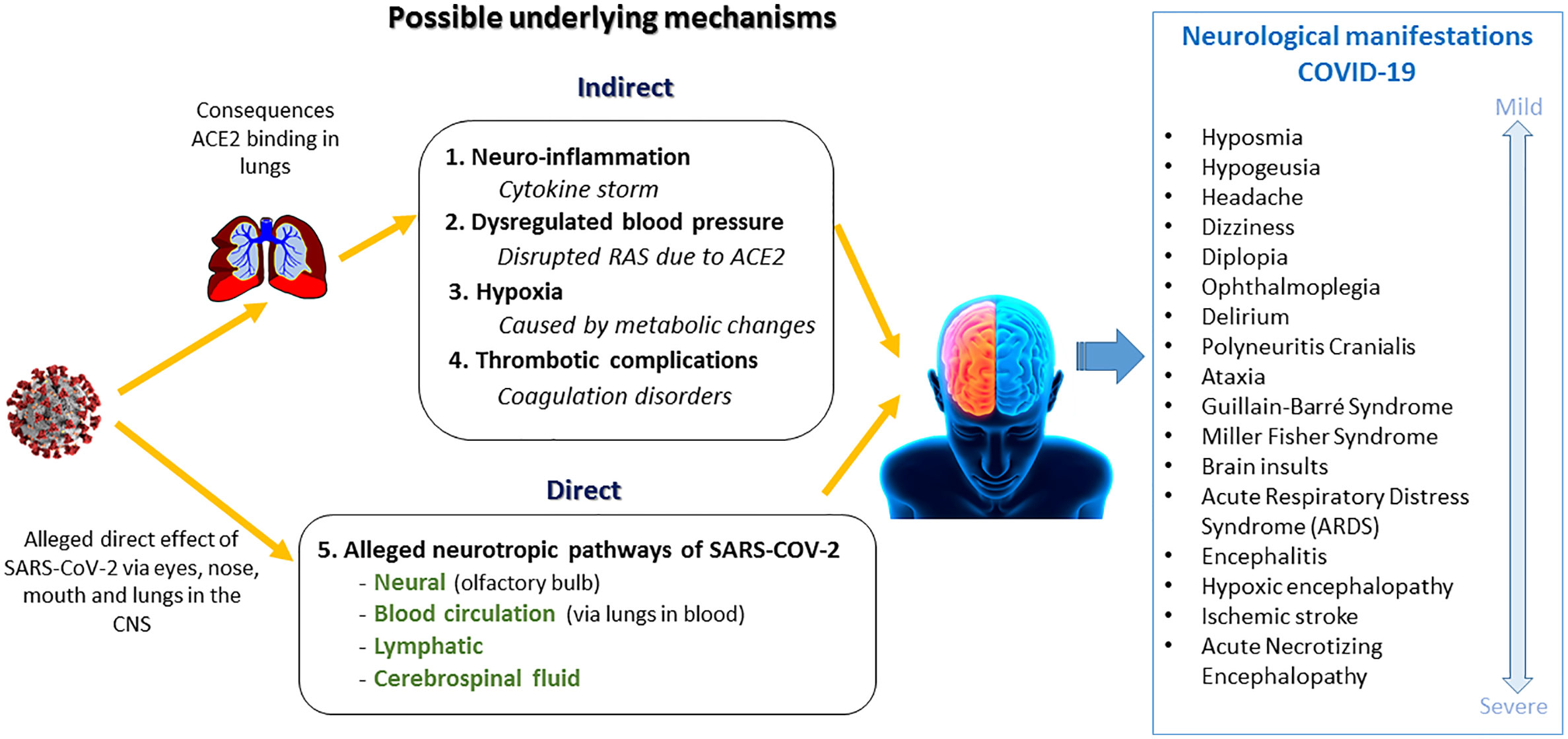NIH Study Exposes the Inner Workings of Neurological Symptoms
By the National Institute of Neurological Disorders and Stroke
Twelve people with persistent neurological symptoms after SARS-CoV-2 infection were intensely studied at the National Institutes of Health (NIH) and were found to have differences in their immune cell profiles and autonomic dysfunction.
These data inform future studies to help explain persistent neurological symptoms in Long COVID. The findings, published in Neurology: Neuroimmunology & Neuroinflammation, may lead to better diagnoses and new treatments.
People with post-acute sequelae of COVID-19 (PASC), which includes Long COVID, have a wide range of symptoms, including fatigue, shortness of breath, fever, headaches, sleep disturbances, and “brain fog,” or cognitive impairment.
Such
symptoms can last for months or longer after an initial SARS-CoV-2 infection.
Fatigue and “brain fog” are among the most common and debilitating symptoms,
and likely stem from nervous system dysfunction.
Researchers used an approach called deep phenotyping to closely examine the clinical and biological features of Long COVID in 12 people who had long-lasting, disabling neurological symptoms after COVID-19. Most participants had mild symptoms during their acute infection.
At
the NIH Clinical Center, participants underwent comprehensive testing, which
included a clinical exam, questionnaires, advanced brain imaging, blood and
cerebrospinal fluid tests, and autonomic function tests.
The results showed that people with Long COVID had lower levels of CD4+ and CD8+ T cells—immune cells involved in coordinating the immune system’s response to viruses—compared to healthy controls.
Researchers also found increases in the numbers of B cells and other
types of immune cells, suggesting that immune dysregulation may play a role in
mediating Long COVID.
Consistent with recent studies, people with Long COVID also had problems with their autonomic nervous system, which controls unconscious functions of the body such as breathing, heart rate, and blood pressure.
Autonomic testing showed abnormalities in control of vascular
tone, heart rate, and blood pressure with a change in posture. More research is
needed to determine if these changes are related to fatigue, cognitive
difficulties, and other lingering symptoms.
Taken together, the findings add to growing
evidence that widespread immunological and autonomic nervous system changes may
contribute to Long COVID. The results may help researchers better characterize
the condition and explore possible therapeutic strategies, such as
immunotherapy.
Reference: “Deep Phenotyping of Neurologic
Postacute Sequelae of SARS-CoV-2 Infection” by Yair Mina, Yoshimi
Enose-Akahata, Dima A. Hammoud, Anthony J. Videckis, Sandeep R. Narpala, Sarah
E. O’Connell, Robin Carroll, Bob C. Lin, Cynthia Chen McMahan, Govind Nair,
Lauren B. Reoma, Adrian B. McDermott, Brian Walitt, Steven Jacobson, David S.
Goldstein, Bryan R. Smith and Avindra Nath, 5 May 2023, Neurology: Neuroimmunology & Neuroinflammation.
DOI: 10.1212/NXI.0000000000200097
The study was supported by the Intramural
Research Program at the National Institute of Neurological Disorders and Stroke
(NINDS) and is part of an observational study taking place at the NIH Clinical
Center designed to characterize changes in the brain and nervous system after
COVID-19 (NCT04564287).
This work is a part of the National Research
Action Plan, a broader government-wide effort in response to the Presidential
Memorandum directing the Secretary for the Department of Health and Human
Services to mount a full and effective response to Long COVID. Led by Assistant
Secretary for Health Admiral Rachel Levine, the Plan and its companion Services
and Supports for Longer-term Impacts of COVID-19 report lay the groundwork to
advance progress in prevention, diagnosis, treatment, and provision of services
for individuals experiencing Long COVID.
